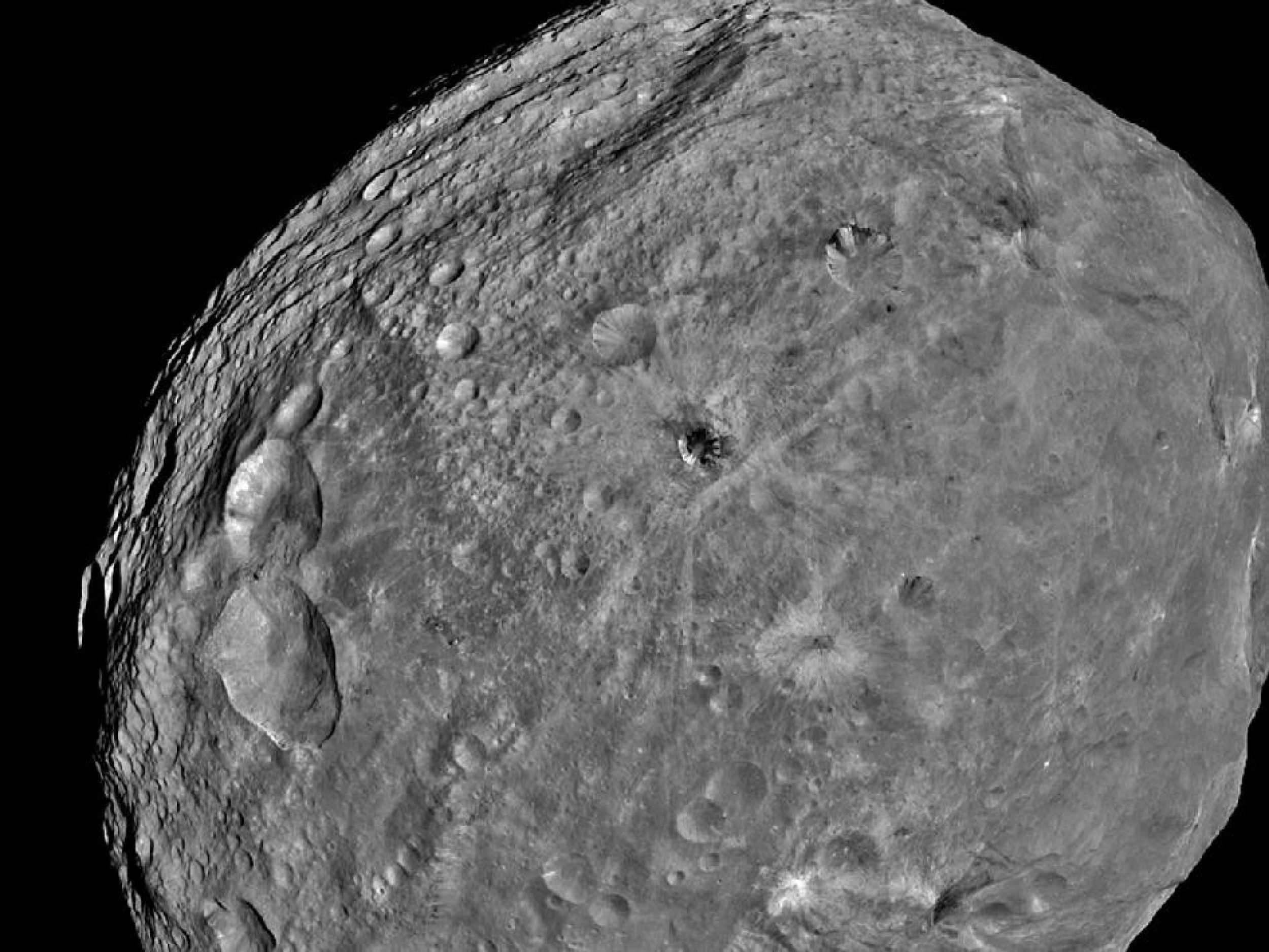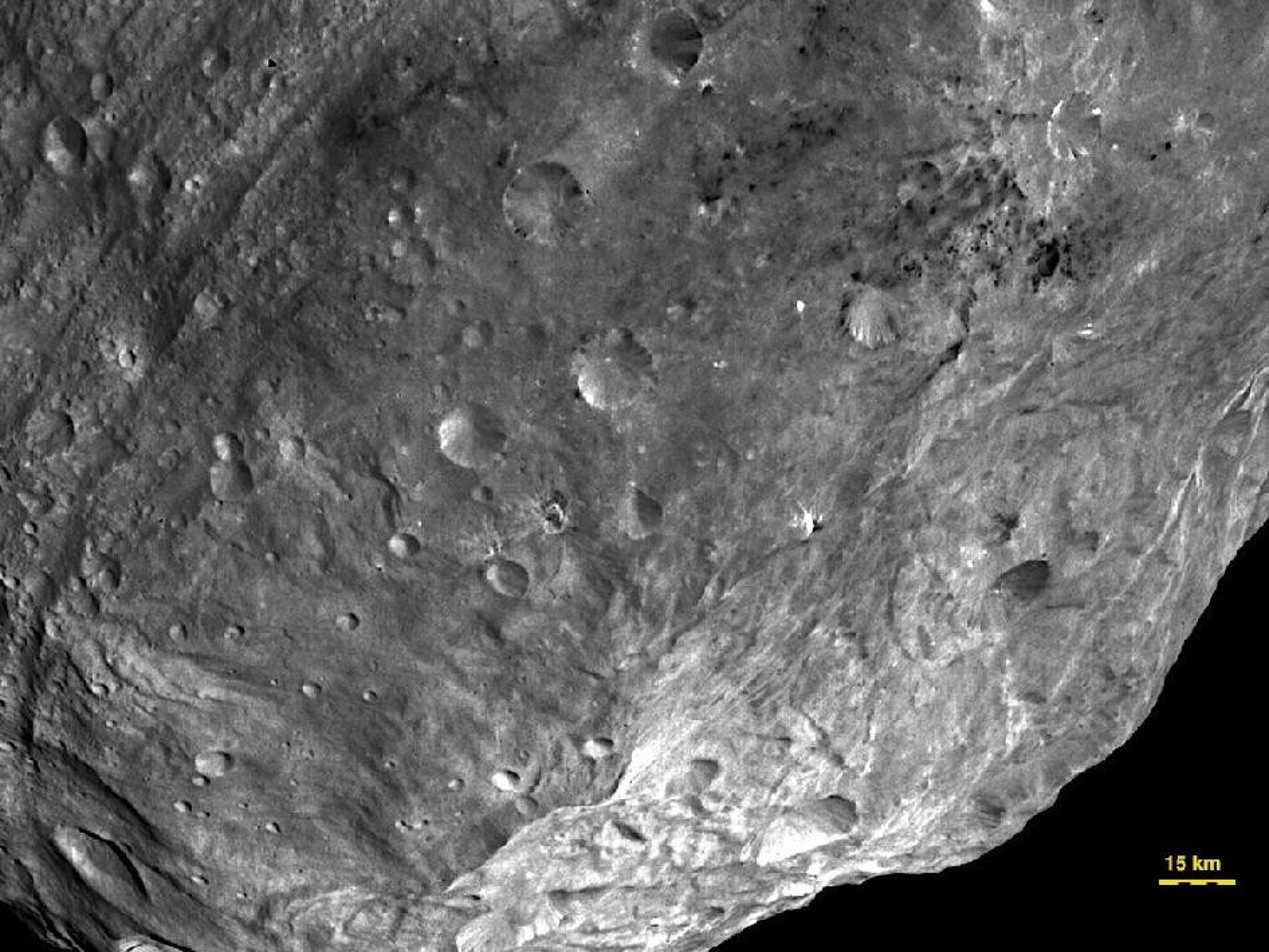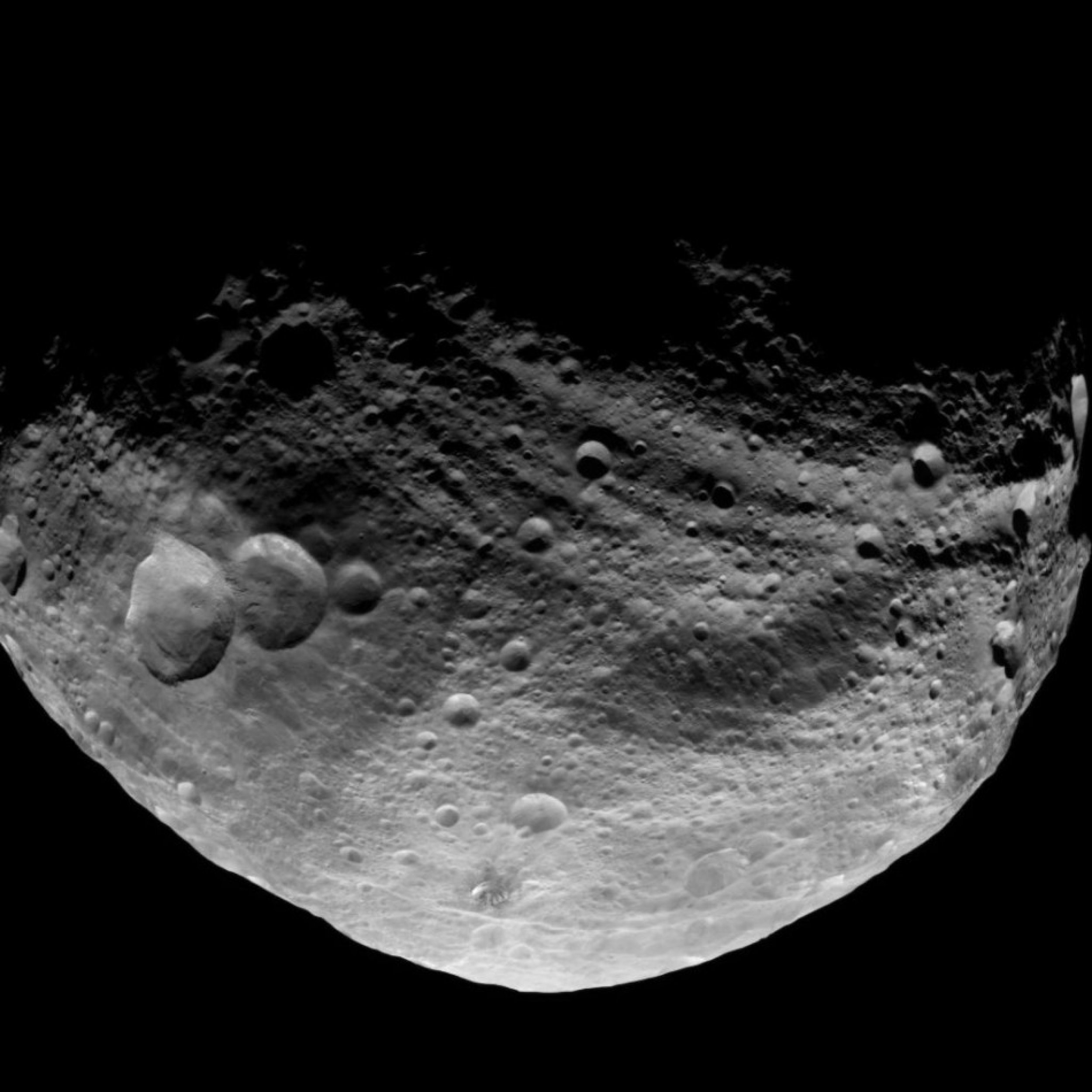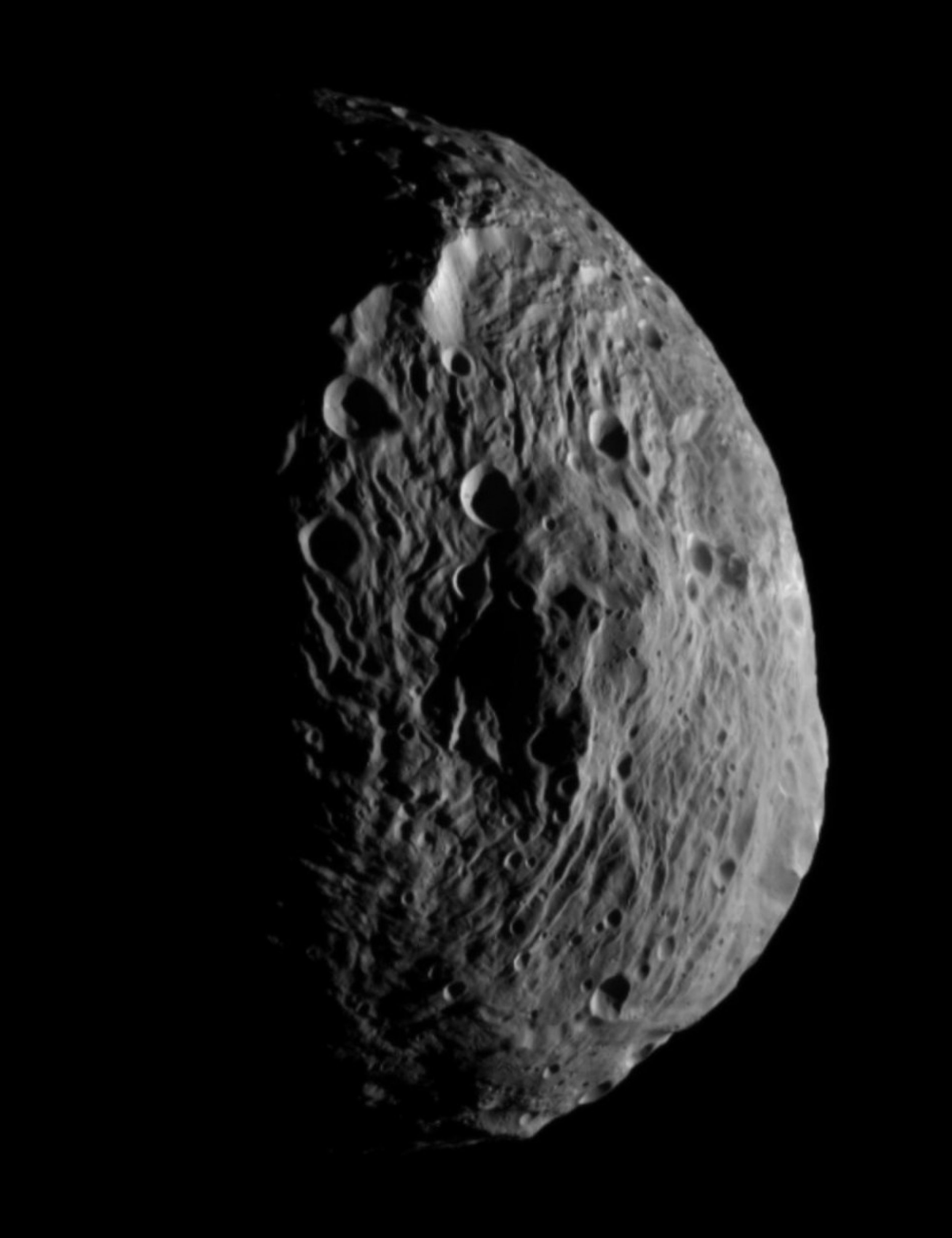NASA's Dawn Captures First Full-frame Image of Vesta, Mission Ceres in July 2012 [Photos & Video]
NASA's Dawn spacecraft, the first ever to orbit an object in the main asteroid belt, has provided striking latest images of the asteroid Vesta, the second-most largest in the asteroid belt. in asteroid belt, is spiraling towards its first of four intensive science orbits. That initial orbit of Vesta begins Aug. 11, at an altitude of nearly 1,700 miles (2,700 kilometers). Scientists expect that it will provide in-depth analysis of the asteroid.
Unveiling the first full-frame image of Vesta, which was taken on July 24, NASA scientists said on Monday that the Dawn mission could provide some significant clues to the Big Bang.
The full-frame image of the rocky world was taken at a distance of 3,200 miles (5,200 kilometers). The latest images that go all the way around Vesta are revealing the first surface details of the giant asteroid.
Vest, the brightest object in the asteroid belt as seen from Earth, turns on its axis once every five hours and 20 minutes. The giant asteroid is also thought to be the source of a large number of meteorites that fall to the blue planet.
"Now that we are in orbit around one of the last unexplored worlds in the inner solar system, we can see that it's a unique and fascinating place," said Marc Rayman, Dawn's chief engineer and mission manager at NASA's Jet Propulsion Laboratory in Pasadena, Calif.
"The latest imagery provides much justification for our expectations. They show that a variety of processes were once at work on the surface of Vesta and provide extensive evidence for Vesta's planetary aspirations," said Chris Russell, Dawn's principal investigator at UCLA.
Apart from the framing camera, other instruments that Dawn uses are a gamma ray and neutron detector and an infrared mapping spectrometer. The gamma ray and neutron detector uses 21 sensors with a very wide field of view to measure the energy of subatomic particles emitted by the elements in the upper yard of the asteroid's surface. On the other hand, the infrared mapping spectrometer will measure the surface mineralogy of both Vesta and Dawn's next target, the dwarf planet Ceres, NASA said in a statement.
According to scientists, another set of scientific measurements by Dawn at Vesta and Ceres is on its way. They will monitor signals from Dawn and later Ceres to detect subtle variations in the objects' gravity fields. It will help to get clues about their interior structure.
Launched in September 2007, the Dawn spacecraft has travelled 1.7 billion miles (2.8 billion kilometers) so far. It has been captured by Vesta's gravity, and now the distance between the asteroid and the spacecraft is 1,800 miles (2,900 kilometers). From Earth, they are approximately 114 million miles (184 million kilometers) away.
The Dawn spacecraft will depart for Ceres in July 2012 and will arrive in 2015.







© Copyright IBTimes 2025. All rights reserved.






















